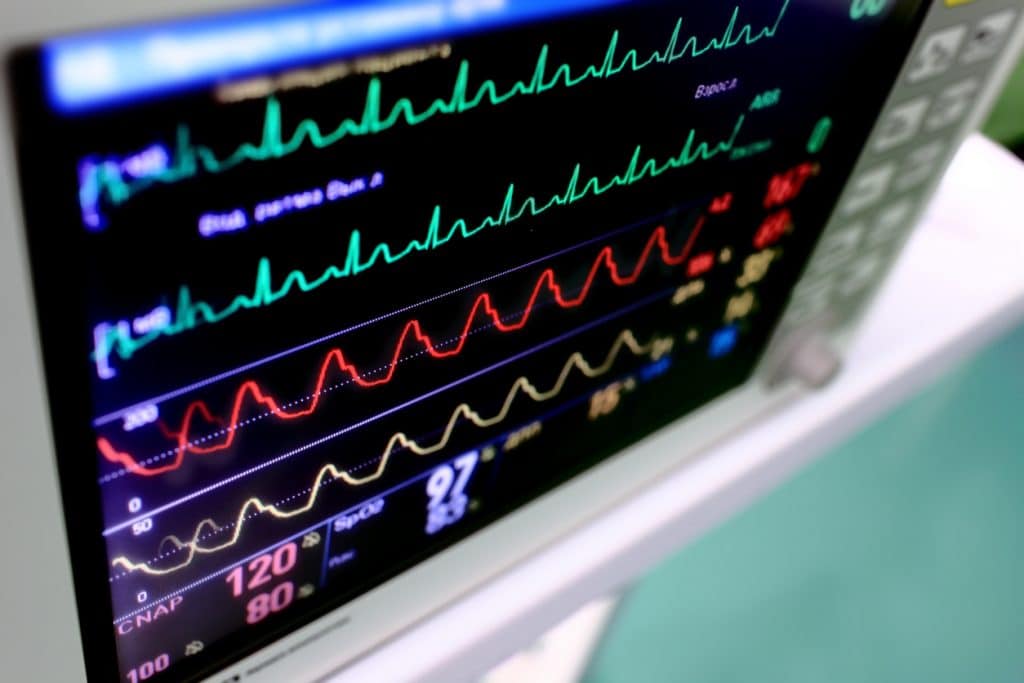Hemodynamic Monitoring Options in COVID-19

Severe acute respiratory syndrome coronavirus 2 (SARS-CoV-2), an RNA betacoronavirus, is a novel respiratory pathogen whose ominous progression has been implicated in disease that ranges from respiratory failure and acute respiratory distress syndrome (ARDS) to multi-organ dysfunction. Among the most susceptible populations at risk for severe infection are patients with cardiovascular comorbidities, such as hypertension, diabetes mellitus, coronary artery disease, and cardiomyopathy, who have a higher representation among nonsurvivors. Although pulmonary pathophysiologic processes undoubtedly underlie the perilous coronavirus disease 2019 (COVID-19) course, the emergence of cardiac injury later in the disease could have major implications for outcomes. Markers of myocardial injury, such as troponin and N-terminal pro-brain natriuretic peptide (NT-proBNP), have been shown to increase rapidly in nonsurvivors. Although cardiovascular disease appears to predispose some patients to COVID-19–related myocardial injury, acute myopericarditis in the absence of prior disease has also been described, even without signs of interstitial pneumonia.
ARDS mechanical ventilation with high positive end-expiratory pressure (PEEP), along with the presence of intravascular thrombosis in the setting of sepsis-induced coagulopathy, could increase susceptibility to pulmonary hypertension, right heart dysfunction, and end-organ (eg, kidney) hypoperfusion. The risk of cardiovascular and renal injury in conjunction with the importance of conservative fluid management as a key tenet of ARDS treatment justifies the need for judicious monitoring of intravascular volume status in the COVID-19 cohort.
We reflect on the clinical utility of select popular hemodynamic monitoring devices and suggest that the pulmonary artery catheter (PAC) shows empirical promise as a validated tool that maximizes monitoring capabilities and minimizes expenditure of hospital resources.
